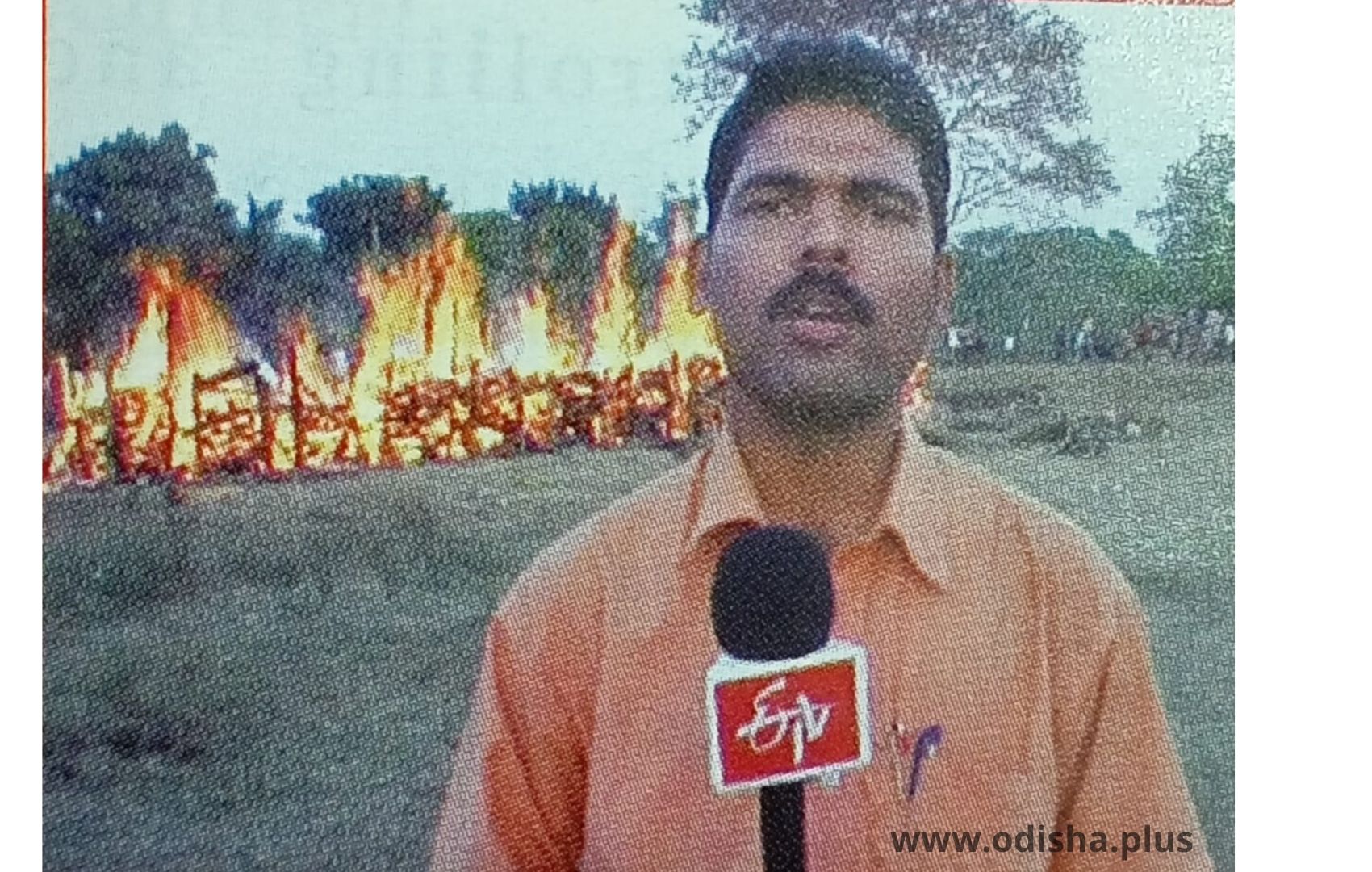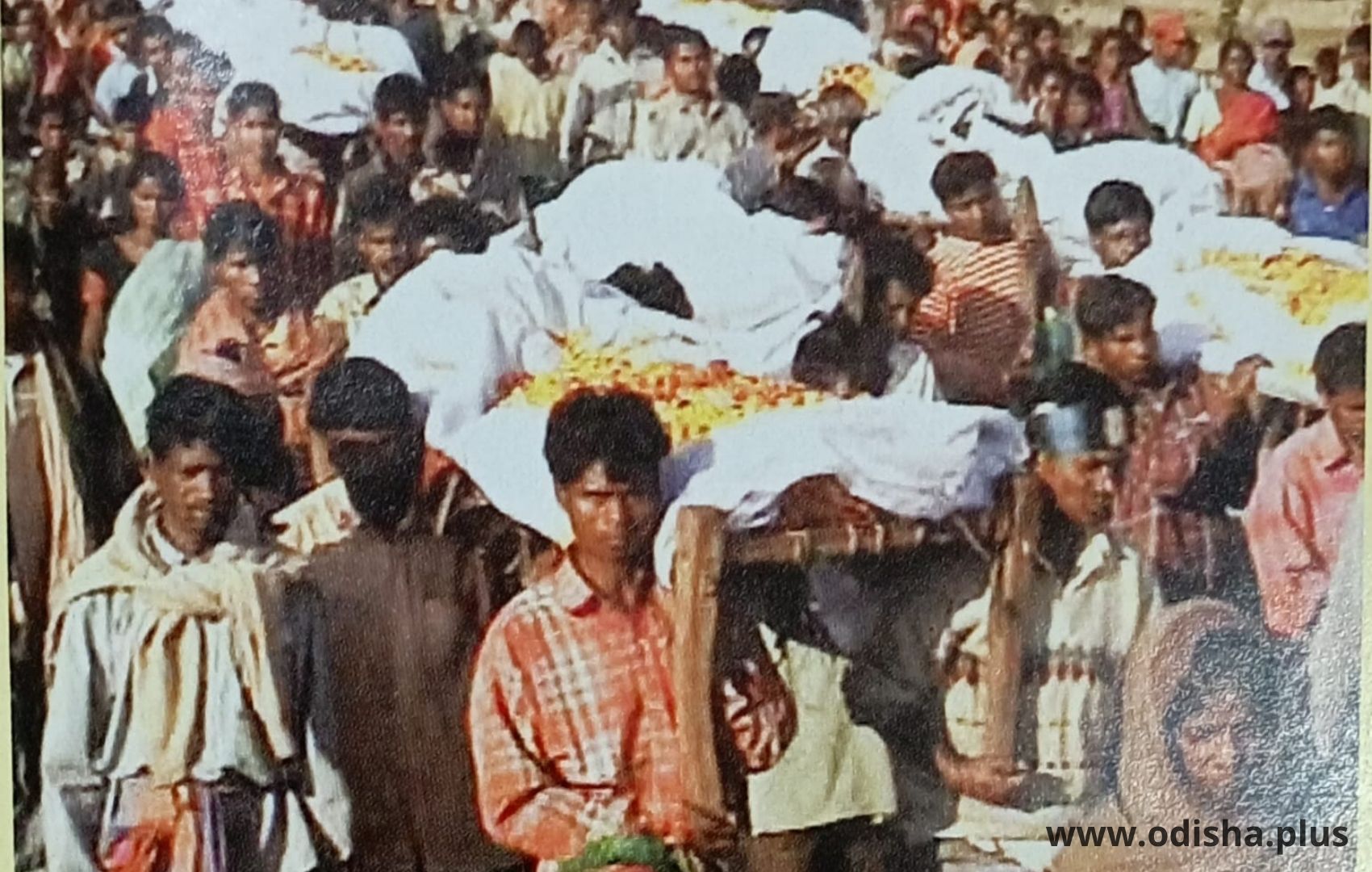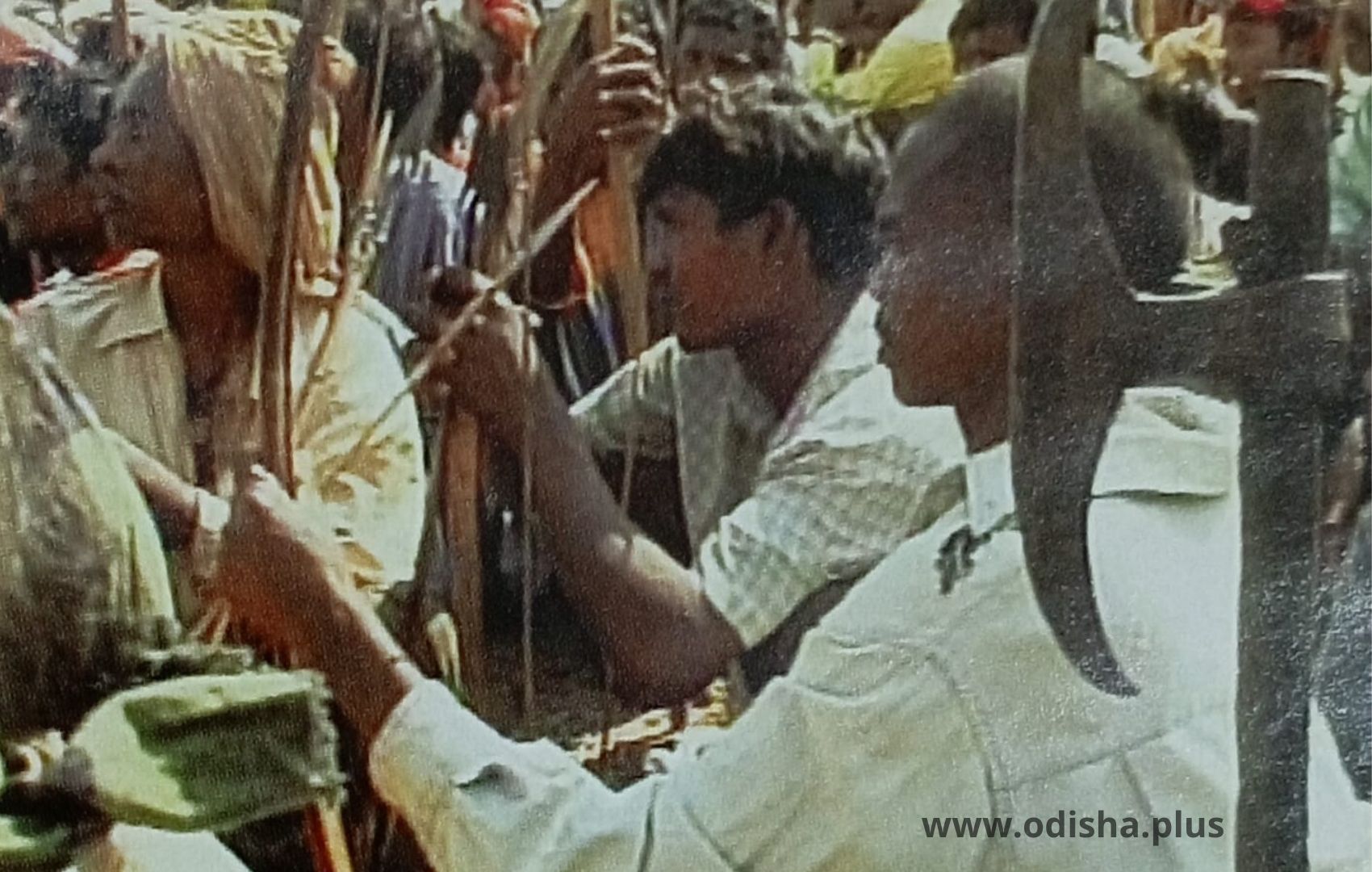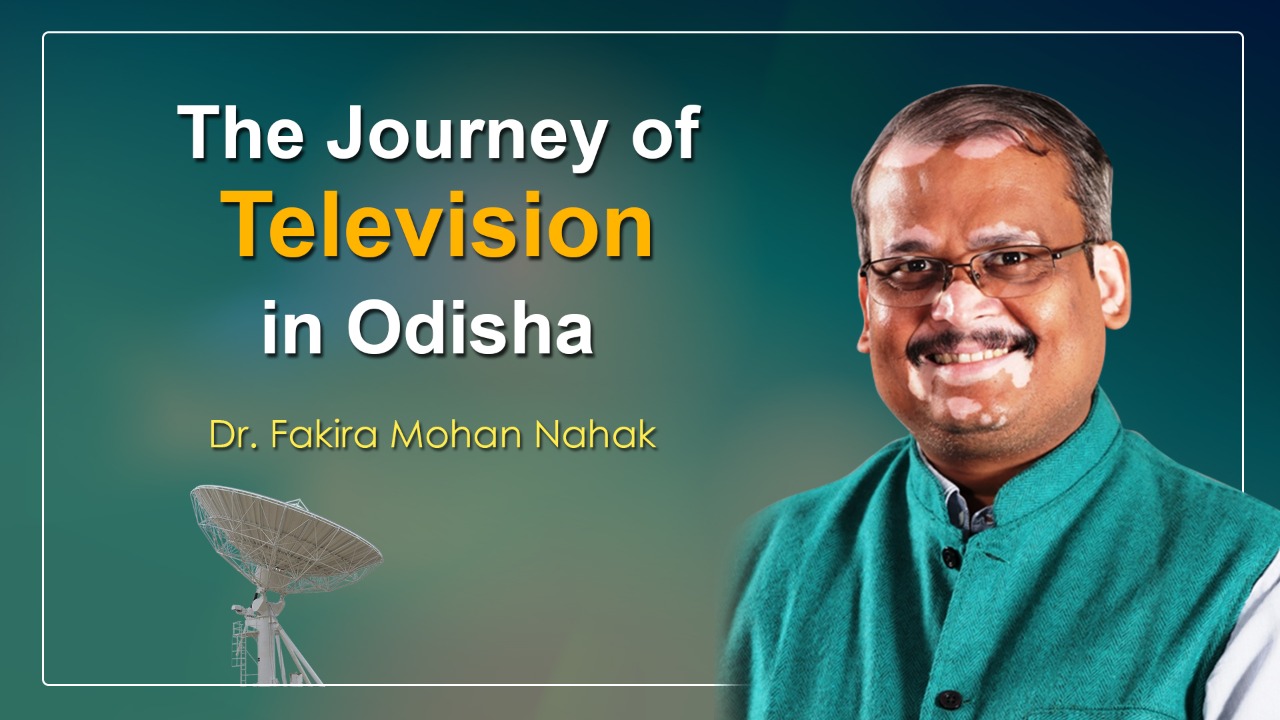Dr. Fakira Mohan Nahak
The Television News Industry in Odisha has gone through A Progressive Journey in the Past Two Decades. In This Series, Dr. Fakira Mohan Nahak Presents the Media History Blended With his Close Observation on the Fast-Changing Industry.
The whole world was yet to come out of the celebratory mood of New Year. The cricket team of ETV Oriya was on a winning spree in the inter-channel cricket tournament of the ETV network. It was January 2, 2006, the semi-final day of the tournament. The news desk was manned with less number of professionals as majority of them including the leads were in the sports arena of Ramoji Film City to cheer up the playing eleven.
It was a nail biting match with hell lot of twists and turns. The ambience was full of euphoria, excitement and sportsmanship. While the match was going on in a thrilling situation, Dayanidhi Das, the then Chief Copy Editor of the channel suddenly got a phone call from the Jajpur correspondent Priyaranjan Kar regarding the hour-long police firing in Kalinganagar. 4 people are feared dead. The death toll is expected to rise. Immediately he left the playground and rushed to the news desk with lightning speed. By that time none of the national channels had covered that incident. ETV Odia went ahead with the big breaking. It was shocking news for all the Odias living in and outside of the state. Other channels of the network also covered the incident.

Displacement and rehabilitation have always been associated with industrialization. In Kalinganagar, local tribals started protesting the construction of a boundary wall of a steel plant on the state-owned land. That was not the first time they did the protest or gheraoed the authorities. The protests have been going on since the beginning of the industrialization process in that locality. Even though the government acquired the tribal lands of the region for industrialization, the compensation it paid for the same was a meager one. So under the guidance of Bisthapan Birodhi Jana Mancha (BBJM), the indigenous people have been protesting against the government. At the behest of the state government, the local district administration, the police administration, provided full security and tried to complete the construction of the wall for the factory at the location smoothly. However Bisthapan Birodhi Jana Mancha (BBJM), the forum for anti-displacement movement blocked it.

For the local administration, which was strictly enforcing the directives, the order was not as big as the lives of the agitating tribals. No talks were held with the tribals. Outraged, the tribals surrounded a police officer stationed there and attacked. As the police officer succumbed to death, the police started the callous firing on the agitating public. The firing lasted about an hour. A total of 12 protesters, including three women and a child, were killed. Opposition groups called for a boycott of the assembly. Such a heinous incident in post-independence India compelled the public to tag it as the second Jallianawalawagh massacre. The protesters dispersed from the location with fear.

Later, when family members came and searched for the body, they found only four bodies. The Bisthapan Birodhi Jana Mancha has again joined the movement, demanding the return of all other bodies. However, two days later, when the bodies were handed over to the family by the administration on January 4, the scene was very tragic. The palms of five dead bodies were amputated from the wrist. With this, the movement became even more intense. Police brutality has been widely criticized. Eventually the state government was nationally and internationally criticized for this. The protesters were not ready to do the final rites of the dead bodies. At the request of some voluntary organizations and the government, the protesters finally did the mass cremation of the deceased.

Without paying much heed to the life threating situation, Priyaranjan Kar, the local ETV correspondent reported from ground zero and was able to send the news to the news centre on time. As a result, ETV was able to reach out to the people of the state before the news reached any other national media. After the incident, roadblocks and economic blockades continued for a long time in Kalinganagar. Each of those news items was constantly covered by ETV. It was not an easy task on a humanitarian ground to report the heart-wrenching scene that was created during the mass funeral of the deceased. However the reporter managed to cover every bit of that tragic incident. Although the ETV Odia team managed to win the semi-final match, but the doom and despair due to Kalinganagar incident ceased all the celebration. Time heals everything but those visuals will continue to affect our sentiment.
(Dr. Fakira Mohan Nahak is a writer and former media professional. He is currently working as the Head of the Department of University Institute of Media Studies, Chandigarh University at Mohali, Punjab. Views are Personal)
#ETVOdia #Kalinganagarincident #PriyaranjanKar #televisionNewsIndustry #tribalprotest #odishanews





















